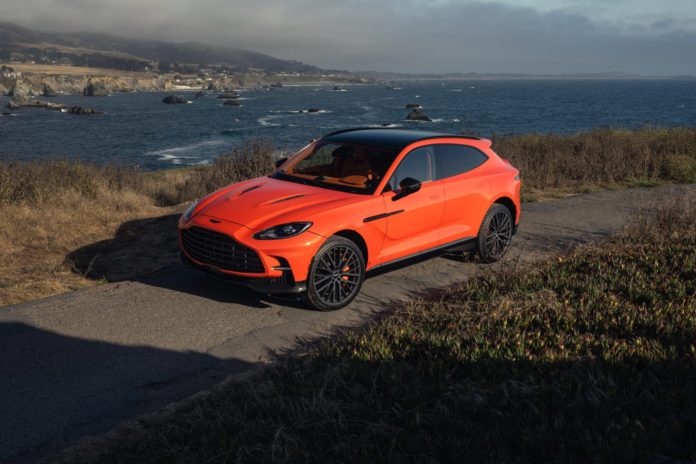In the ways that mattered to enthusiasts, the outgoing Aston Martin DBX707 got it right. It was more potent than the discontinued base DBX, looked better with its sportier styling, and, crucially, drove better. However, as good as the range-topping 707 was from an enthusiast’s perspective, its comparatively outdated and cumbersome tech suite held it back. Doubly so, as it aimed to compete in the crowded super SUV segment.
Unlike the rest of the carmaker’s lineup, the $253,000 DBX707 doesn’t just have to appeal to enthusiasts. It simultaneously has to stand as a luxury item built to serve a broader audience mainly interested in driving something that looks good and feels expensive. However, much of that feeling of opulence comes from the blend of high-quality materials and customization flexibility supplemented by the latest tech.
As evidenced by recent updates introduced for the Vantage and the DB12, Aston Martin isn’t waiting for an all-new generation of products when it can rework its existing lineup in the short term. That’s precisely the case with the refreshed Aston Martin DBX707. You won’t find any major exterior updates, with all of the carmaker’s focus on developing a brand-new interior and fine-tuning its handling dynamics. I flew to Sonoma, CA, to drive AM’s best-seller to see if it’s ready to challenge the segment’s top contenders.
Alongside the arrival of its updated SUV, Aston Martin announced the departure of the base DBX. According to the carmaker, it noticed that consumers gravitated towards the edgier 707 despite a considerable price premium, making the “entry-level” model superfluous. As such, it decided to discontinue it and focus all its development dollars on the better-selling model.
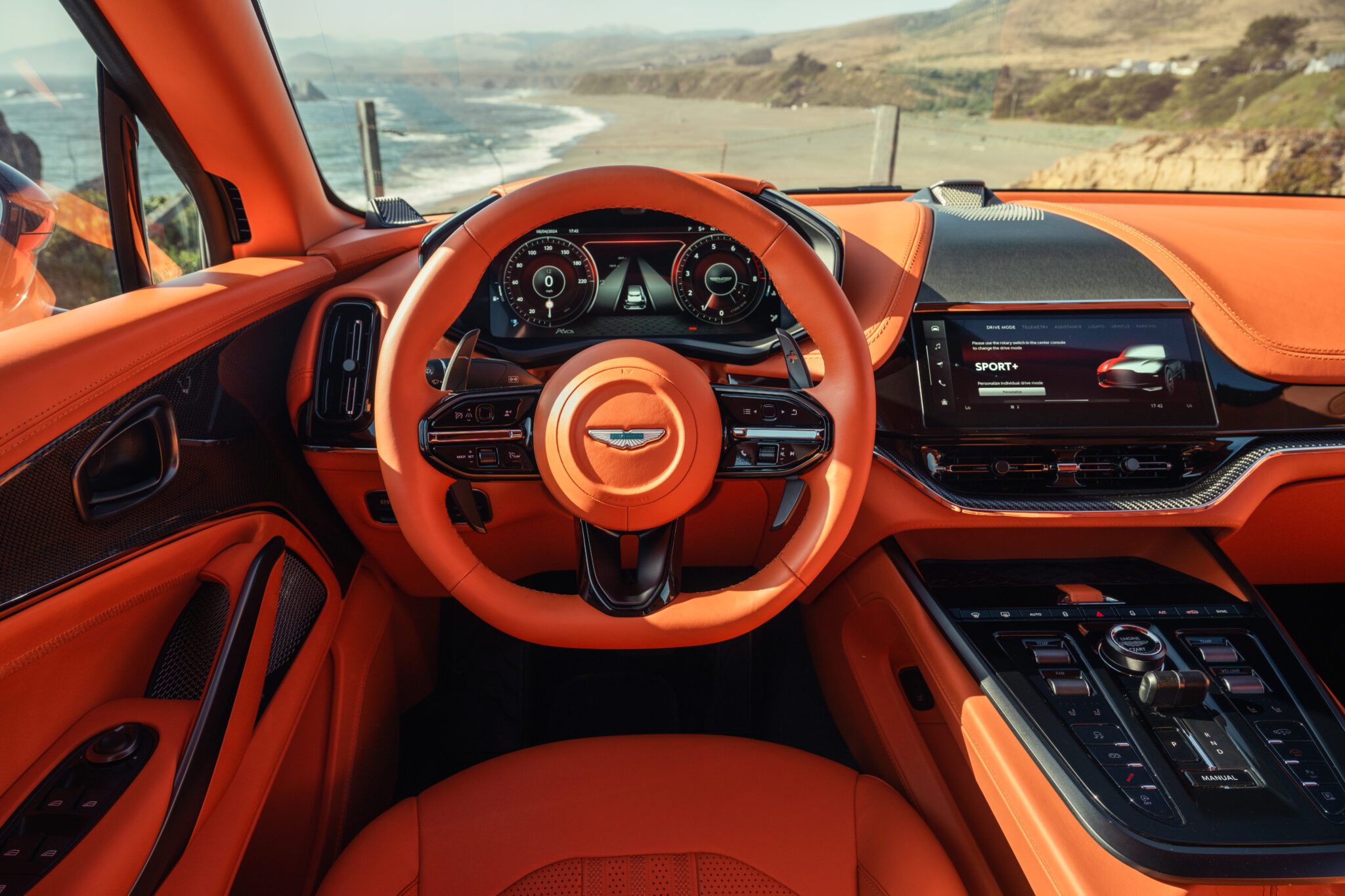
Stepping into my delightfully bright Synapse Orange tester, which pairs an equally colorful Californian Poppy interior, the updates to its cabin are immediately seen and felt. The dashboard’s layout is reminiscent of the DB12’s, incorporating a new 12.3-inch digital instrument cluster and a 10.25-inch infotainment screen running AM’s excellent proprietary software. Apple CarPlay and Android Auto connectivity are standard, and its operating system is fully integrated with the carmaker’s mobile app.
Sitting just below the central screen is a row of physical buttons controlling this SUV’s vital functions, ranging from climate settings to suspension tuning and exhaust modes. More importantly, it adds finely finished metals for its knobs, scroll wheels, and gear selector. Everything you routinely interact with feels like a luxury item, even down to the sounds its various controls produce. Its central drive mode selector, for one, rewards you with a satisfying click as you move through different drive modes.
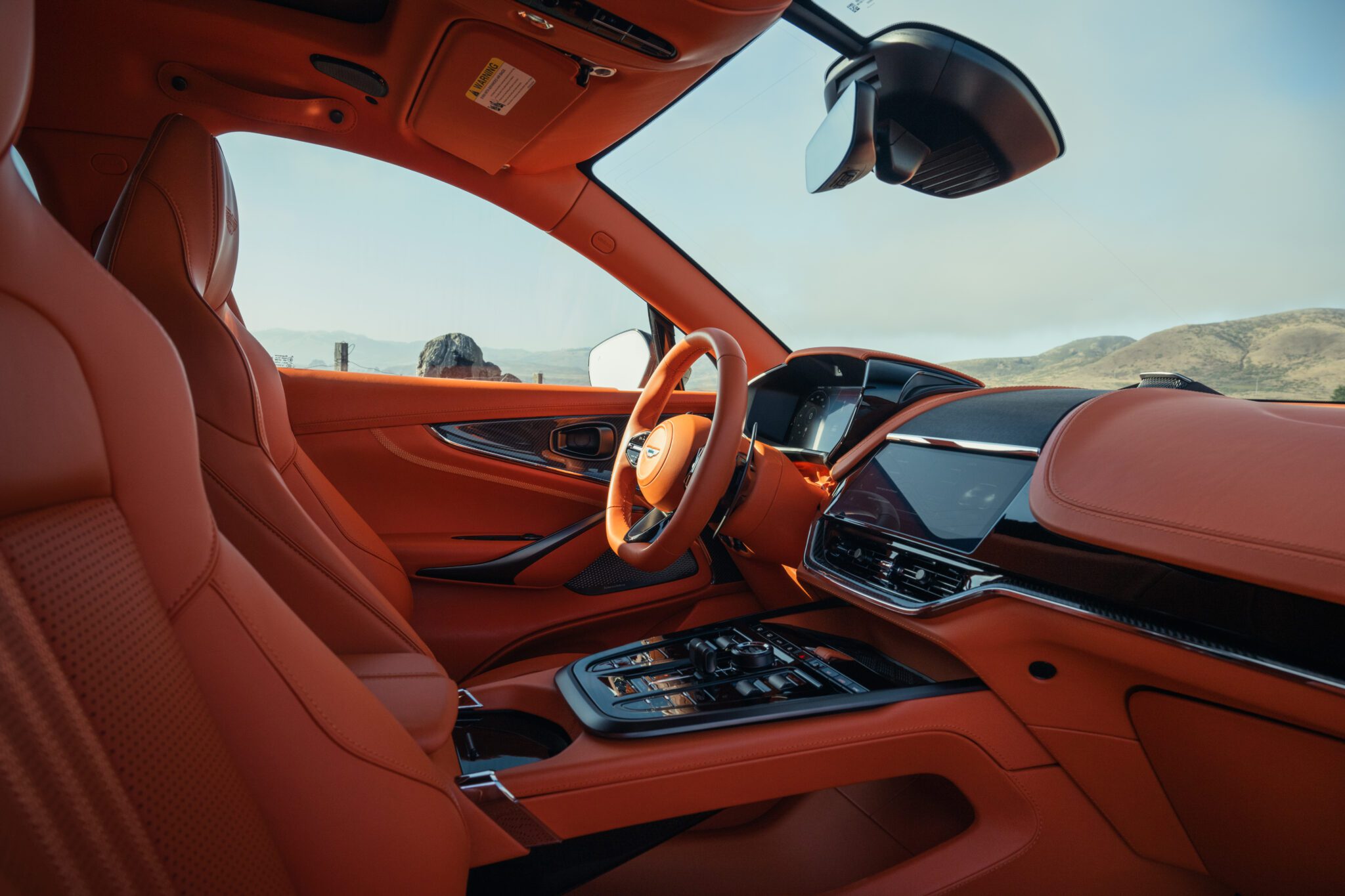
By limiting plastic trim and replacing it with extensive leather work, optional carbon panels, and a vast selection of veneers, the Aston Martin DBX707 continuously reinforces the feeling that you’re in something special. Everything looks and feels expensive, and the integration its new tech and materials is faultless. Rather than its cabin being something that needs to be overlooked, it’s now central to this SUV’s appeal.
In contrast, the changes to its exterior styling are comparatively minor. Updated presenting door handles, sleeker door mirrors, new exterior finishes, and Aston Martin’s redesigned badges round out the significant list of changes. There’s an argument to be made that the 707 didn’t need design updates at all. After all, it’s the most distinct offering in the super SUV space, wearing an aesthetic and, crucially, an understructure all its own. The DBX’s sloping roofline, wide stance, and aggressive bumpers stand out in a segment characterized by widespread parts sharing.

Setting off in the Aston Martin DBX707 through NorCal’s winding mountain roads feels like a familiar experience. Its snarling twin-turbocharged 4.0-liter V8 produces a brawny and burbly exhaust note while producing heaps of power and torque, 697 hp and 664 lb-ft to be exact. These figures remain unchanged from the outgoing model, as does the use of a nine-speed wet-clutch automatic and a rear-biased all-wheel drive system. As such, its 3.1-second time to 60 mph and its 193-mph top speed also carry over.
What’s new, then? Gaydon’s engineers focused exclusively on dialing in the 707’s handling. As exciting as it was to drive on a twisting back road, the outgoing model, occasionally whipping its rear end out on corner exit, offered thrills via its tendency to step out. Comparatively, its successor felt much more buttoned-down and focused. Its dampers for one better dial-out body roll, simultaneously masking this SUV’s 4,940-pound curb weight.
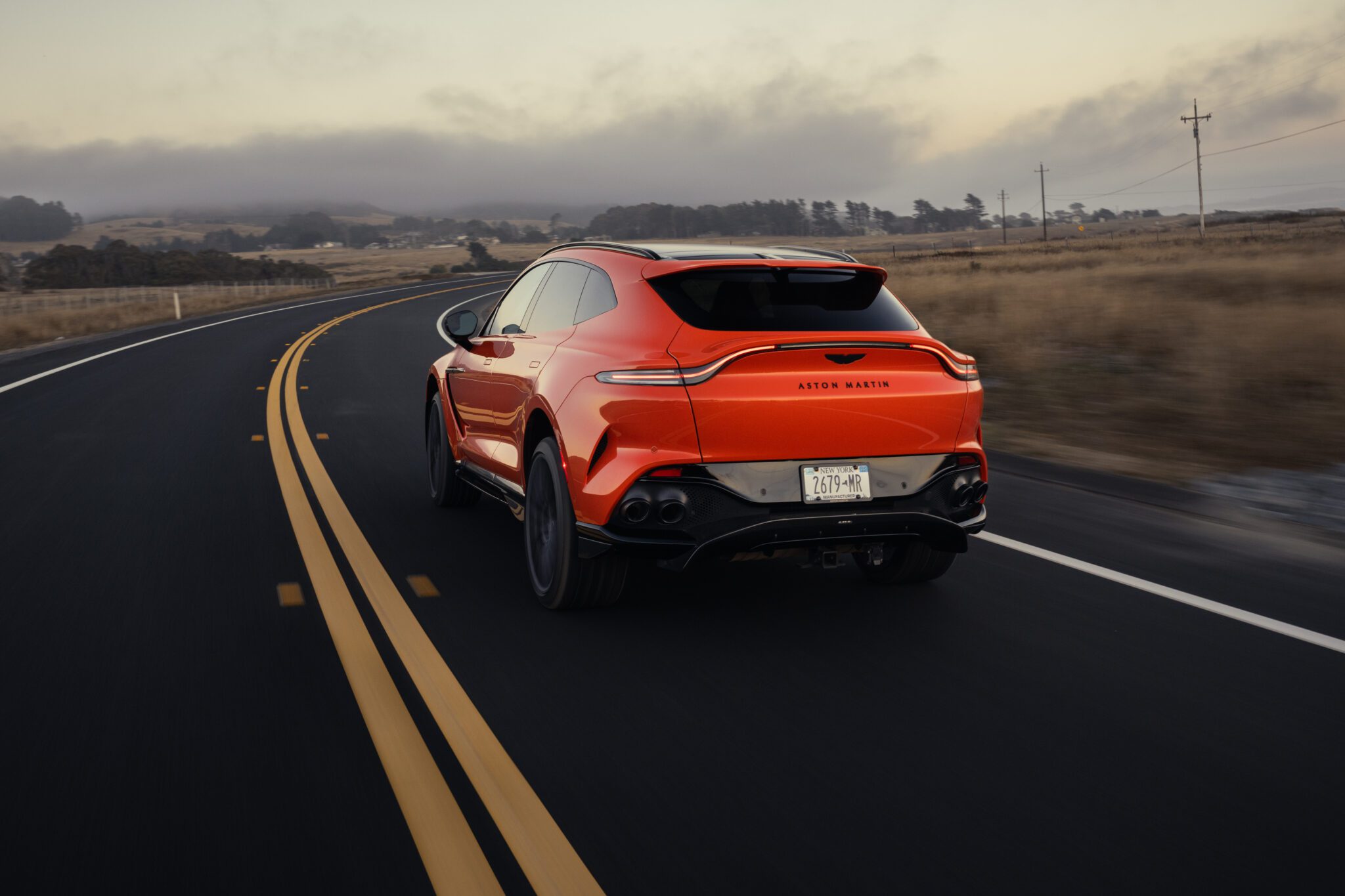
Consequently, the Aston Martin DBX707 feels much more agile on the road, with precise steering and a front end eager to turn in. Although its wheel is still not as communicative as the Cayenne Turbo GT’s, it’s quick enough to have fun on a twisting back road. Massive 16.5 and 15.3-inch carbon ceramic brakes confidently slow this big SUV while hiding behind standard 22-inch wheels. However, a set of 23s is available as an optional extra.
The result is a chassis that can better use the powerful engine lurking beneath its hood. As is typical of heavily turbocharged V8s, it begins its assault with tremendous low-end torque, which carries firmly to redline. Closely spaced gears keep you well within the powerband, making the DBX feel responsive, eager to blast out of a corner, and thus lighter than it is.
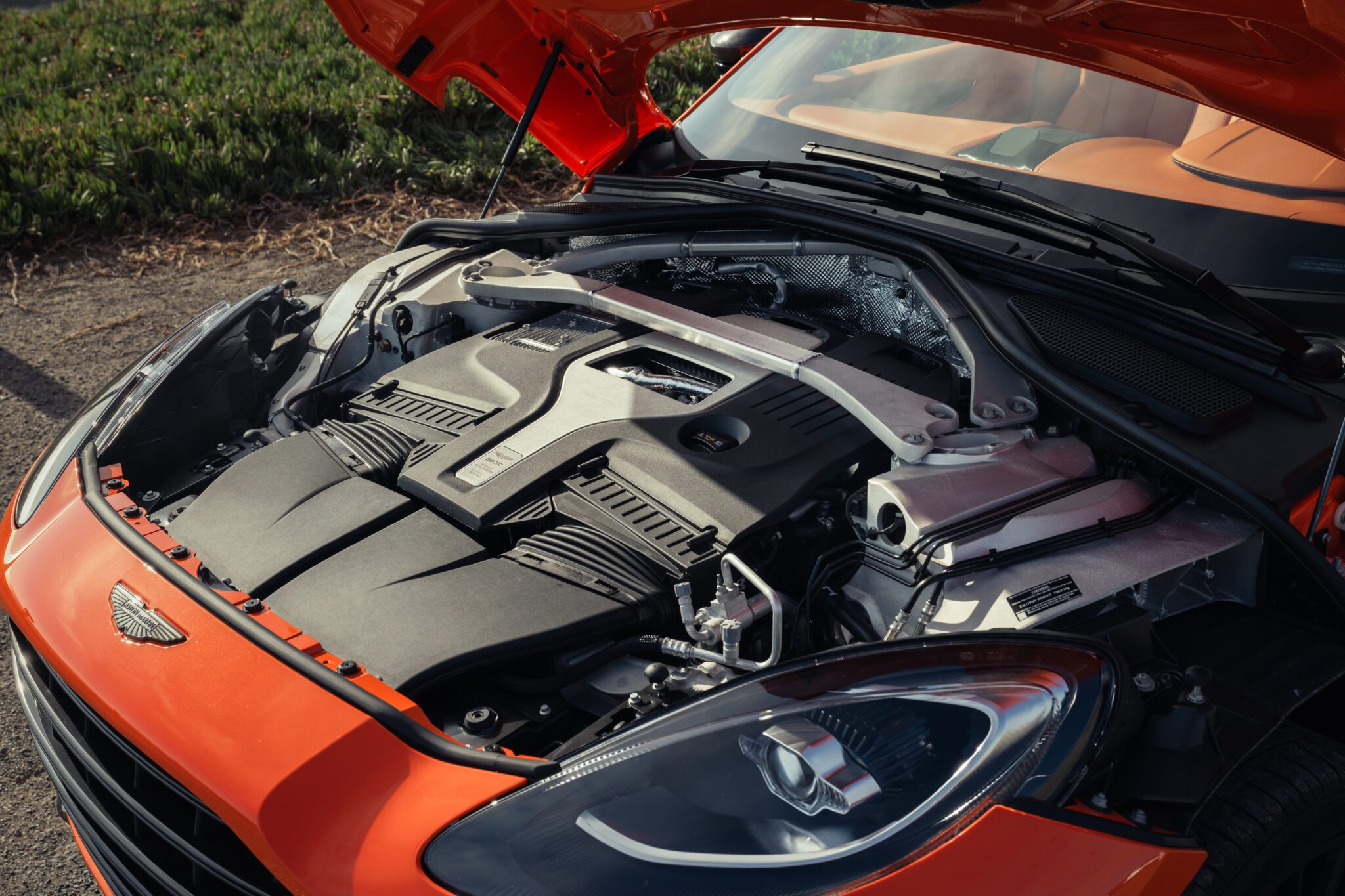
Aston Martin’s focus on dialing in its suspension simultaneously creates a more significant distinction between its drive modes. It ranges from being plush and quiet, with seamless gear changes and power delivery, to an SUV that’s firm, planted, and properly rowdy. The result is an SUV with a broader personality range, suitable for enthusiasts and those who just want an opulent commuter.
The 2025 Aston Martin DBX707 starts at $253,000, including a $4,000 transportation and handling fee. My very orange tester, optioned with extras such as a $11,900 Inspire Sport monotone interior, a $19,500 carbon fiber pack, and a $9,700 pain job, comes in at $351,300.
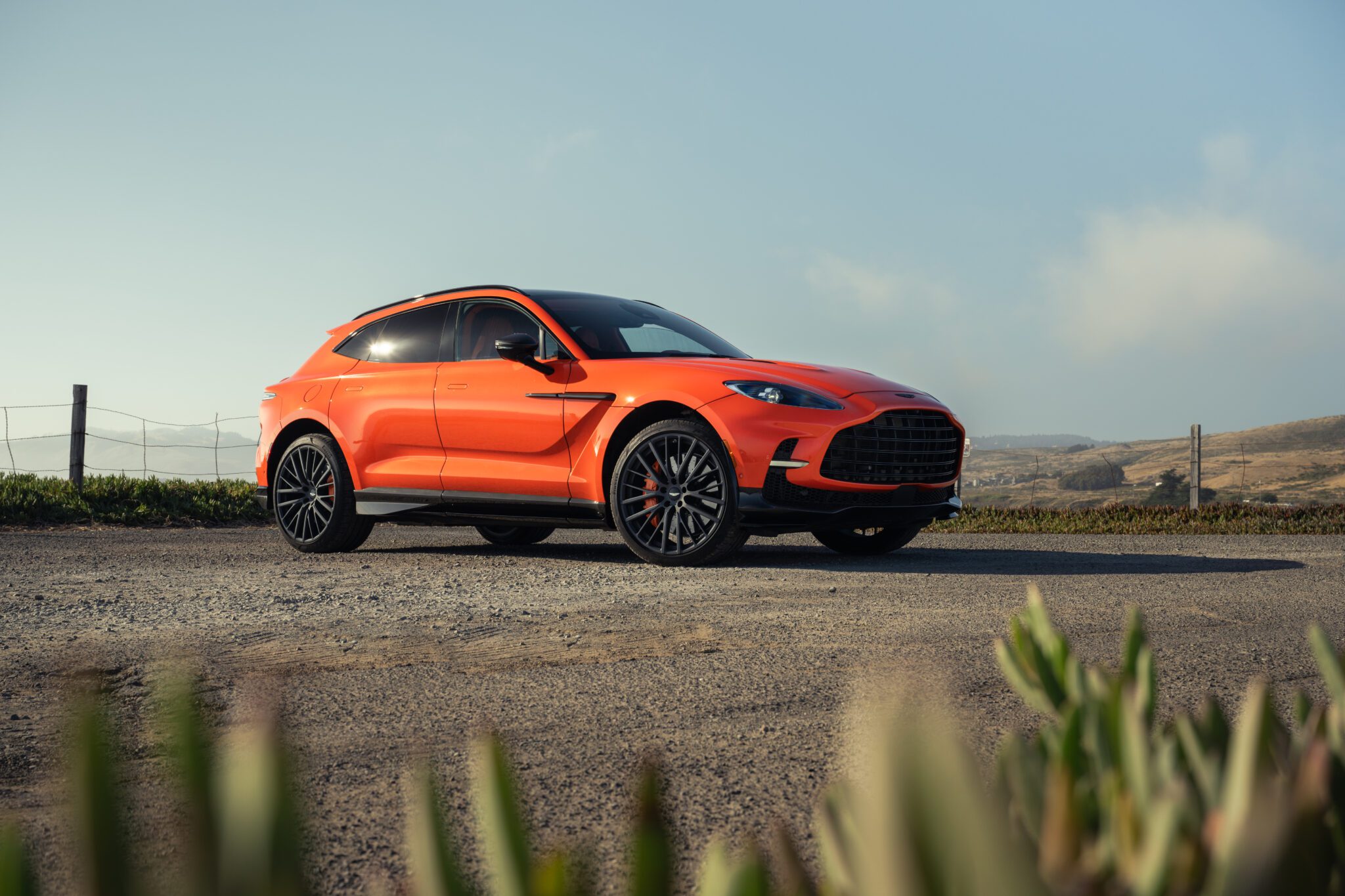
On the surface, updates to the refreshed Aston Martin DBX707 are comparatively minor. A redesigned cabin, dialed-in handling, and nearly imperceptible exterior updates wouldn’t usually have a significant impact. However, the carmaker was on a quest to make its best-seller properly competitive, not wholly re-engineer it. After all, the range-topping DBX was always a great looker and an even better driver.
Instead what we get is a super SUV that finally feels complete. Its cabin is world-class, defined by its focus on small details. Its handling is confident on a back road but plush enough for a daily commute, and its styling is both sporty and unique.
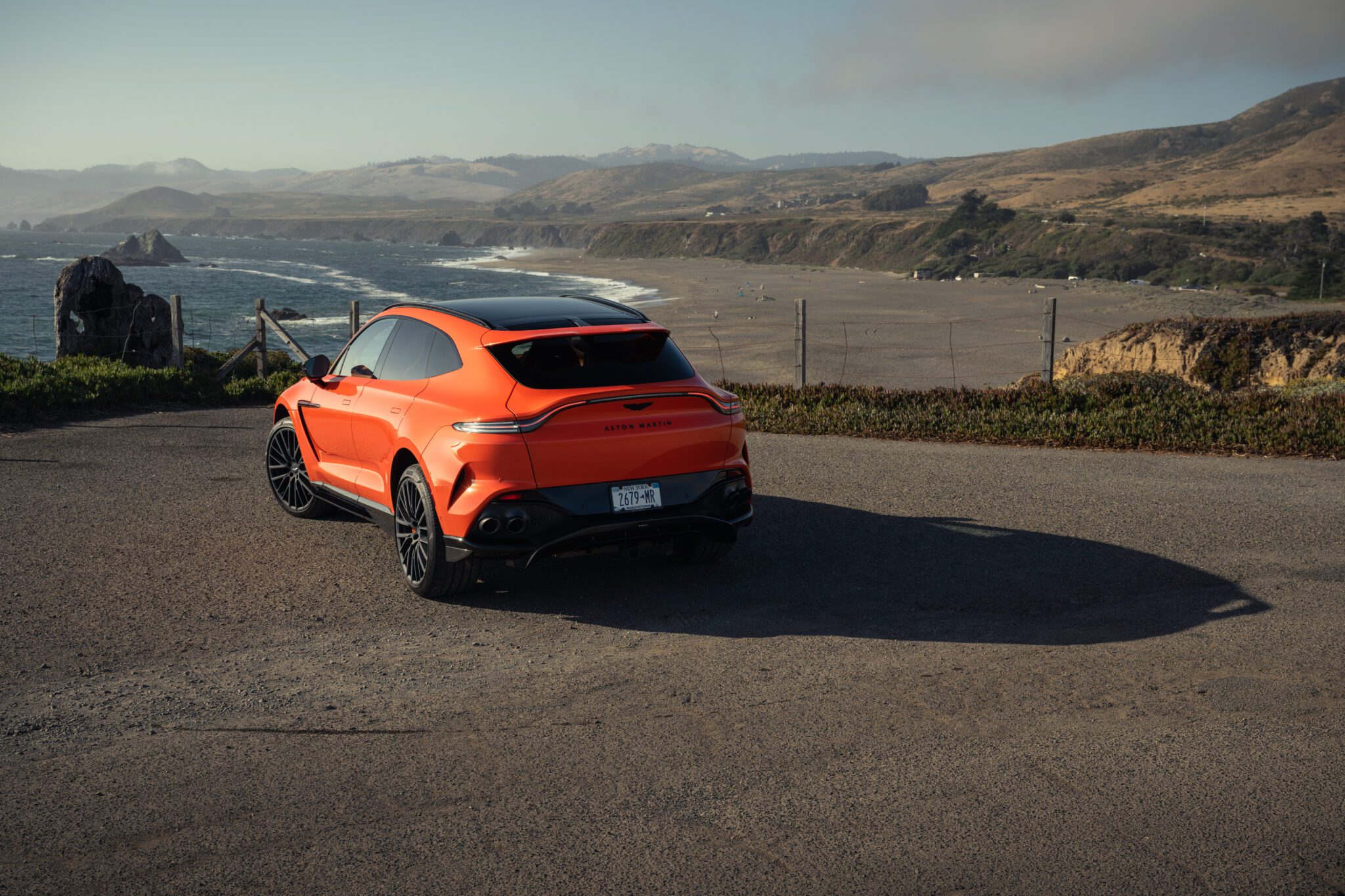
What Aston Martin ends up with is an SUV that isn’t just for the enthusiasts but appealing enough to draw in a broader audience and attract people to the storied brand. The refreshed 707 isn’t just competitive; it’s got what it takes to dethrone the segment’s leaders.

